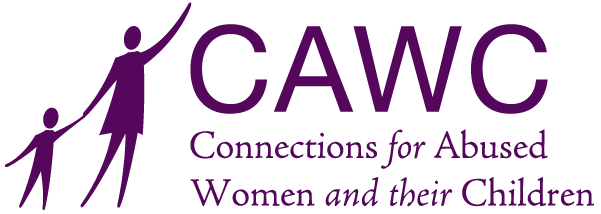Everyone should know about the power of protest and why successful protests are important.
Recent Marches and Protests
Here are some examples of recent marches and protests that expressed mass public dissent. Given that there remain so many grave things to protest about today, it’s well worth taking notes from them.
In analyzing the examples below and others, it’s important to remember that even if dissidents are marching against the odds or if change does not happen immediately, this does not mean that the march wasn’t successful. Successful marches draw public and government attention to grave forms of injustice, cause disruptions in the daily functions of society, and communicate social resistance. They also place pressure on the offending parties to rethink various forms of injustice, including domestic violence against women.
Against Florida’s Black History Teaching Standards
August 16th, 2023: Marvin Dunn, a professor emeritus of psychology at Florida International University, led teachers, students, and labor leaders in a march to Miami’s school district headquarters to protest Florida’s new curriculum standards for teaching Black history. These were implemented by Governor Ron DeSantis, whose attempts to whitewash this subject are well documented. The standards were criticized for their deeply inaccurate portrayal of slavery.
Against Netanyahu’s Judicial System Overhaul
July 22nd, 2023: Thousands of Israelis marched from Tel Aviv to Jerusalem to protest ultraconservative Prime Minister Benjamin Netanyahu’s controversial overhaul of the judiciary system. This change was part of Netanyahu’s plan to give his administration more influence over Israel’s Supreme Court and weaken the court’s ability to function as part of what Americans call the “checks and balances” of government. The march symbolized a demonstration against one of Israel’s most far-right governments in history.
Against Iran’s Misogynist Islamic Regime
September 16th, 2022: 3 days after Iran’s morality police beat Jina “Mahsa” Amini to death for “improperly” wearing her hijab, activist women led the public in demonstrations and riots to express their outrage. Policing women’s adherence to strict conservative religious rules — and systemically suppressing women’s rights and freedoms in general — is the result of laws passed by the regime entrenched by the 1979 Islamic Revolution.
What Made These Protests Successful?
- • Unity and clear messaging. The success of these protests lies in the unity of the participants and the clarity of their messaging. The Miami protests were a great example of this: the organizers were clear about their objection to the new curriculum standards, and the participants were united in their demand for truth.
- • High participation. The march from Tel Aviv to Jerusalem is another excellent example of a successful demonstration, as it saw thousands of participants. This broad participation helped amplify the message against the judicial overhaul.
- • Strong support. The revolutionary movement against the Islamic Republic’s oppressive regime gained support from non-governmental organizations (NGOs), the Iranian public, and people all over the world.
What Were the Outcomes?
- • Raising awareness. Each of the protests brought national and international attention to injustices occurring in a particular part of the world.
- • Amplifying voices. The demonstrations raised up the voices of people who had previously been marginalized or silenced and those who supported them.
- • Creating dialogue. While immediate policy changes may not have occurred, public activism created dialogues and debates around critical issues.
- • Creating change. The change protesters want to see often takes a great deal of time and effort to bring about. Yet there is always one immediate change that results from every successful protest: corrupt political figures and regimes realize that the public won’t go along quietly with continued oppression.
Protest Against Domestic Violence With CAWC
At Connections for Abused Women and Their Children (CAWC), we believe that everyone has a right to a life free of violence. Our mission to end domestic violence is rooted in education, service, and advocacy. In addition to working toward broader social change, we provide empowerment-based and trauma-informed support in the form of shelter, counseling, and advocacy to individuals affected by domestic violence and their children. If you or someone you know is struggling with domestic violence, don’t hesitate to call our 24-hour hotline at (773) 278-4566.
Join us on Saturday, October 7, 2023 for our annual “Silent too long, silent no more” March & Rally. Register here!
If you’re interested in more ways to make protests successful, sign up for our Kitchen Table Conversations webinars. Join us on September 28th, 2023, for our webinar called “This Is Why We March,” which will explore historic activist gatherings and why it’s crucial to keep organizing them. Alternatively, you can support our work by making a donation.
